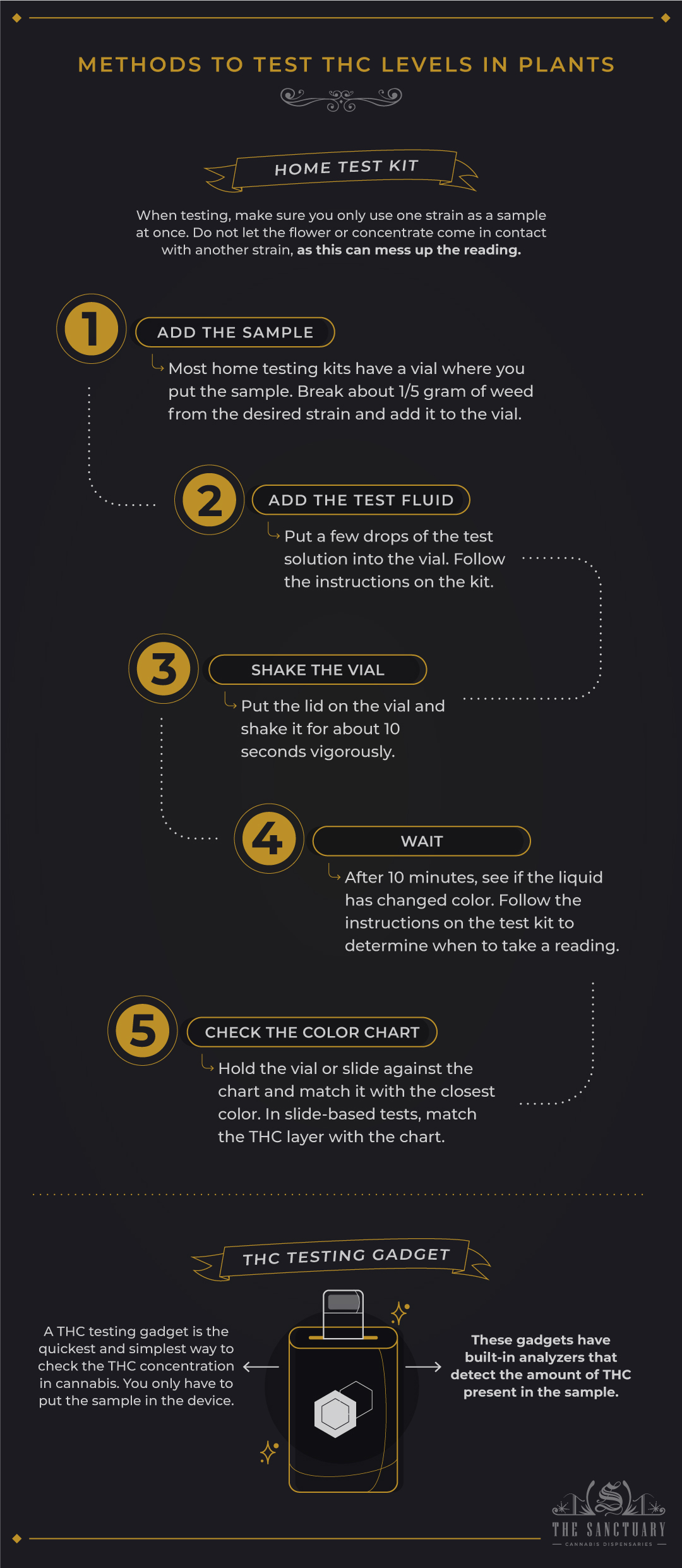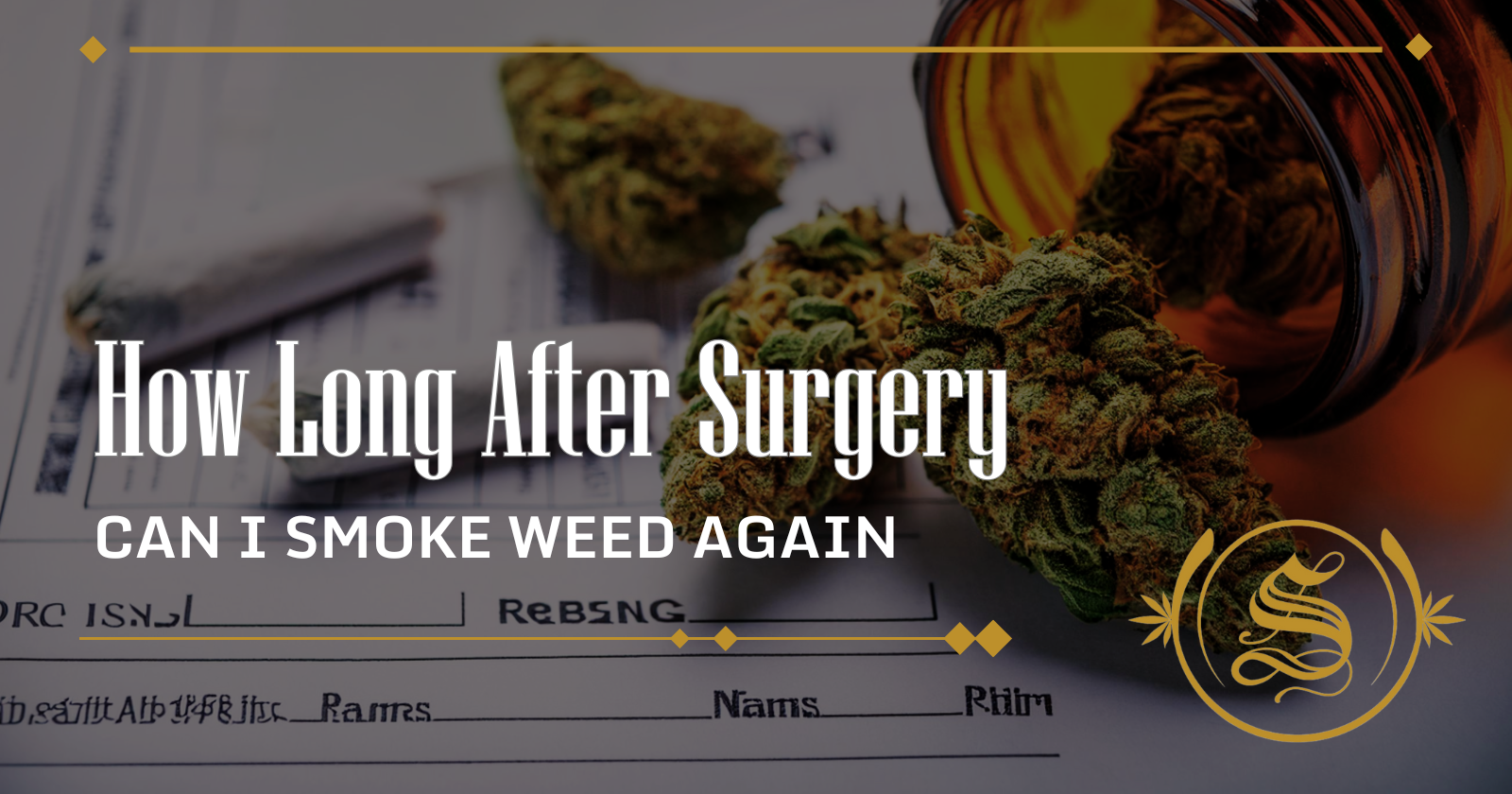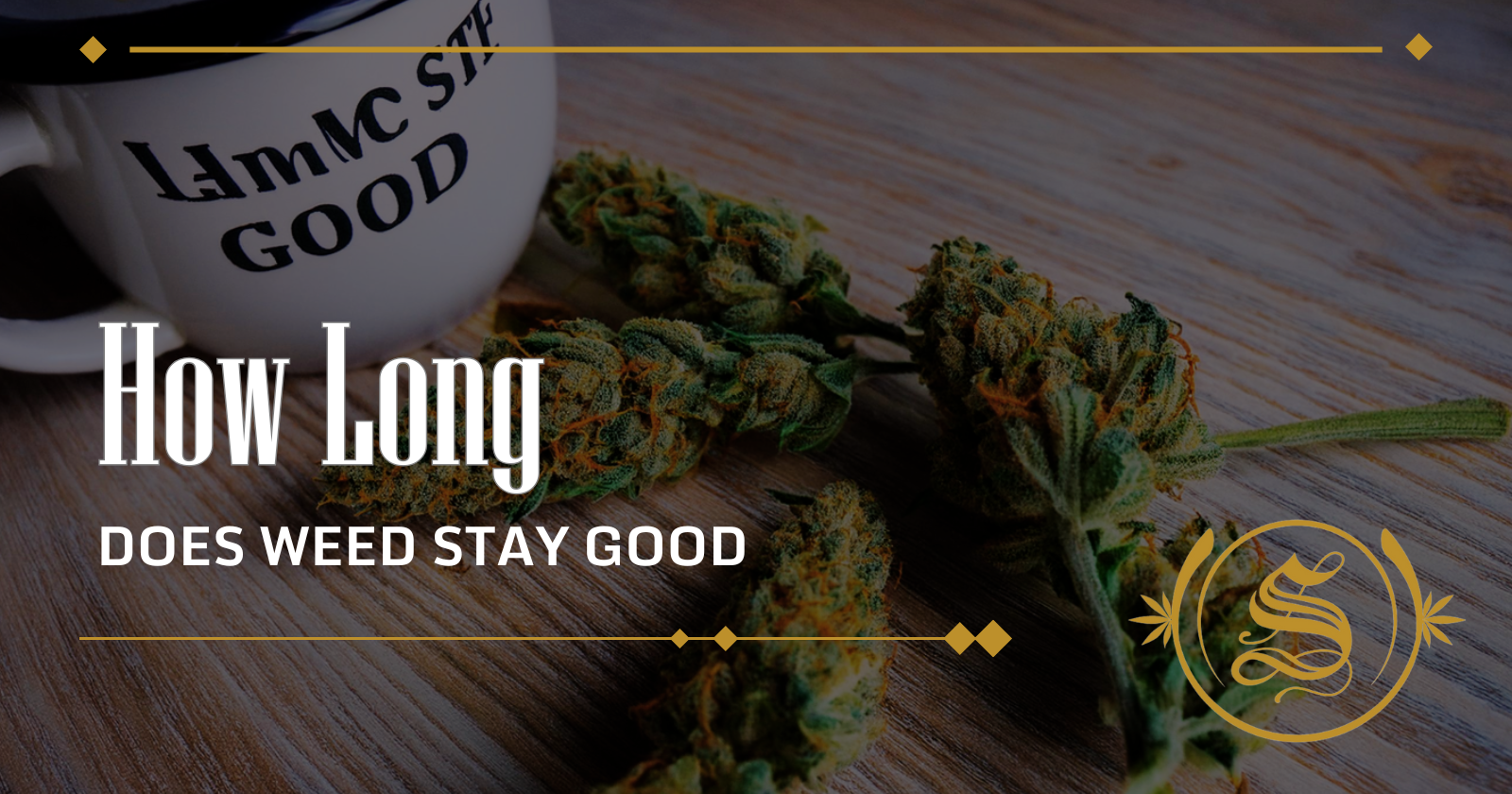Iftikhar Alam
Author
Reviewed by Cannabis Experts
Published on: September 25, 2023 | Updated on: September 11, 2024
According to experts, today’s weed is about thrice as potent as the weed in the 1980s. The potency of weed also differs across strains. While most growers put labels on their products, these labels only provide an estimate of the THC content.
Possibly the most reliable method to test THC levels in plants is to send your sample to a laboratory. However, this can be expensive. Fortunately, there are some at-home methods too. We cover them in the guide below.
How to Determine THC Levels From the Label?
Before we move on to testing kits and gadgets, let’s talk about THC measurement through the instructions on the label. To do that, you first must understand how THC differs from THCA.
THCA (tetrahydrocannabinolic acid) is the precursor of THC (delta9-tetrahydrocannabinol). When you light up a blunt or joint, you expose weed to heat. The heat breaks down THCA into THC through decarboxylation, the process of the carboxyl group leaving the compound.
Suppose Strain A has 17.4% THCA. The THC content is 0.82%. When burnt, the THCA will also convert to THC. Keeping that in mind, the total THC concentration should be around 18.2%.
However, this is not true. The molecular mass of THC and THCA are different. Secondly, the conversion efficiency can also differ from one strain to another. Not all THCA molecules in weed will convert to THC upon heat exposure. Around 25% of THCA remains unconverted. Even if more THCA converts to THC, some of the THC will also convert to CBN due to oxidation.
The following formula for THC content calculation has been derived after accounting for all these factors:
(0.75 × 0.877 × % THCA) + % THC
How much THCA converts into THC will also depend on the consumption method. For example, if you heat a cannabis extract for about five minutes at 200°C, almost all of the THCA will convert to THC with minimum CBN formation.
Methods to Test THC Levels in Plants

The method explained above only works if the THC concentration is already mentioned on the plant’s label. If not, you’ll have to use one of these methods.
Home Test Kit
You can find home test kits for checking both CBD and THC concentrations. For THC testing, buy a kit made specifically to test THC levels. If you buy a kit that tests for THC and CBD simultaneously, you might have trouble interpreting the results.
These kits cost about $20 to $100. The higher the price, the more accurate they are. When testing, make sure you only use one strain as a sample at once. Do not let the flower or concentrate come in contact with another strain, as this can mess up the reading.
It’s quite easy to use home test kits. You simply need to follow the instructions on the kit to get the results. Most of these kits can be used for multiple tests, so you can test a couple of different strains.
How to Use
Follow these steps to use a home testing kit:
- Add the Sample: Most home testing kits have a vial where you put the sample. Break about 1/5 gram of weed from the desired strain and add it to the vial. If the instructions on your test kit ask for a higher or lower amount, follow the directions accordingly. Use tweezers for small sample sizes.
- Add the Test Fluid: Put a few drops of the test solution into the vial. Again, follow the instructions on the kit. Most kits require you to put in 1ml of the testing solution. Some may ask for up to 15ml. If the test kit has multiple testing solutions, add all of them in the required quantities.
- Shake the Vial: Put the lid on the vial and shake it for about 10 seconds vigorously.
- Transfer the Solution: Use a pipette to transfer the solution from the vial to the glass slides or vials, whichever the test kit uses. The solution will wick the slide slowly and separate into different components.
- Wait: After 10 minutes, see if the liquid has changed color. Follow the instructions on the test kit to determine when to take a reading. If you read the results before time or let the fluid sit for too long, you’ll get incorrect results.
- Check the Color Chart: The testing kit will come with a color chart that tells you the color change for every concentration. Hold the vial or slide against the chart and match it with the closest color. In slide-based tests, match the THC layer with the chart.
The extent of color change will tell you how much THC is present in the sample. For example, a pink color may indicate 10% THC and a dark blue may mean 20% THC.
THC Testing Gadget
Although it can cost close to a grand, a THC testing gadget is the quickest and simplest way to check the THC concentration in cannabis. You only have to put the sample in the device.
These gadgets have built-in analyzers that detect the amount of THC present in the sample. It shows an accurate result on the display, usually within a few minutes, depending on the type of gadget.
Some gadgets also connect to your phone via an app and show you the reading on your phone. You can also check the concentration of other cannabinoids and terpenes.
THC Lab Testing
If you want the most accurate results, send your plant to a laboratory. Labs employ chromatographic techniques, in which the sample passes through a column filled with an absorbent material. As the THC molecules move through, they stick to the material and stop based on their concentration. The analyzer will then show the concentration of each molecule or compound.
Conclusion
You may need to test the THC levels in your weed plant for various reasons. While some people want to be sure about the concentration they’re consuming, growers often test THC levels to determine if their growth methods are working. Home testing methods work best for smaller batches, while lab testing is ideal for commercial producers.
The content provided on this blog is for informational purposes only and does not constitute medical, legal, or professional advice. Cannabis use is subject to local laws and regulations, which vary widely by jurisdiction. Always consult with a healthcare professional before starting any new treatment or altering an existing treatment regimen. The authors and publishers of this blog are not responsible for any actions taken based on the information provided herein. Use cannabis responsibly and in accordance with applicable laws. This blog is intended for adults aged 21 and over. The Sanctuary Dispensaries D186, D187.








